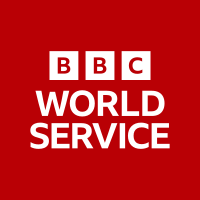
Photo from wikipedia
We investigate how wound closure is determined in recent randomized controlled wound trials and real‐world studies, identify solutions to the current limitations of wound assessment, and propose a standard methodology… Click to show full abstract
We investigate how wound closure is determined in recent randomized controlled wound trials and real‐world studies, identify solutions to the current limitations of wound assessment, and propose a standard methodology to define and assess wound healing in research. We searched PubMed for randomized clinical trials using the terms “complete wound closure” and “wound healing rate” and for real‐world studies using the terms “real‐world wound healing,” “real‐world wound data,” and “wound registries” dating from March 2010 through March 2018. We selected studies that had “complete wound closure” or “healed wound” as an endpoint. Sixty‐five trial articles and 10 real‐world articles met our criteria, from which we extracted the wound type studied, definition of healed wound used, wound assessment method, the number of weeks assessed, the number of wounds, and the percent of healed wounds in the study group(s) and control group. There were 7,194 trial wounds included. The most common definition of healing used by 26 studies (40.6%) was complete/full/100% (re)epithelialization or closure without discharge, drainage/scab, and/or dressing. Fifty‐two studies (81.2%) used blinded wound assessment, and at least 10 studies (15.6%) used blinded adjudication. The real‐world studies analyzed more than 901,396 wounds. Only three studies (33.3%) defined a healed/closed wound, two of which used “complete epithelialization.” Eight studies (88.9%) did not define the wound assessment method; none indicated a blinded assessment. We support the Food and Drug Administration definition: 100% reepithelialization of the wound surface with no discernable exudate and without drainage or dressing, confirmed at two visits 2 weeks apart, and we recommend blinded adjudication for wound assessment. The widespread adoption of a standard wound healing definition and assessment method in wound care research would allow for stronger comparisons of treatment effects across studies to improve the evidence base and strengthen the treatment decision‐making process in clinical practice.
Journal Title: Wound Repair and Regeneration
Year Published: 2019
Link to full text (if available)
Share on Social Media: Sign Up to like & get
recommendations!